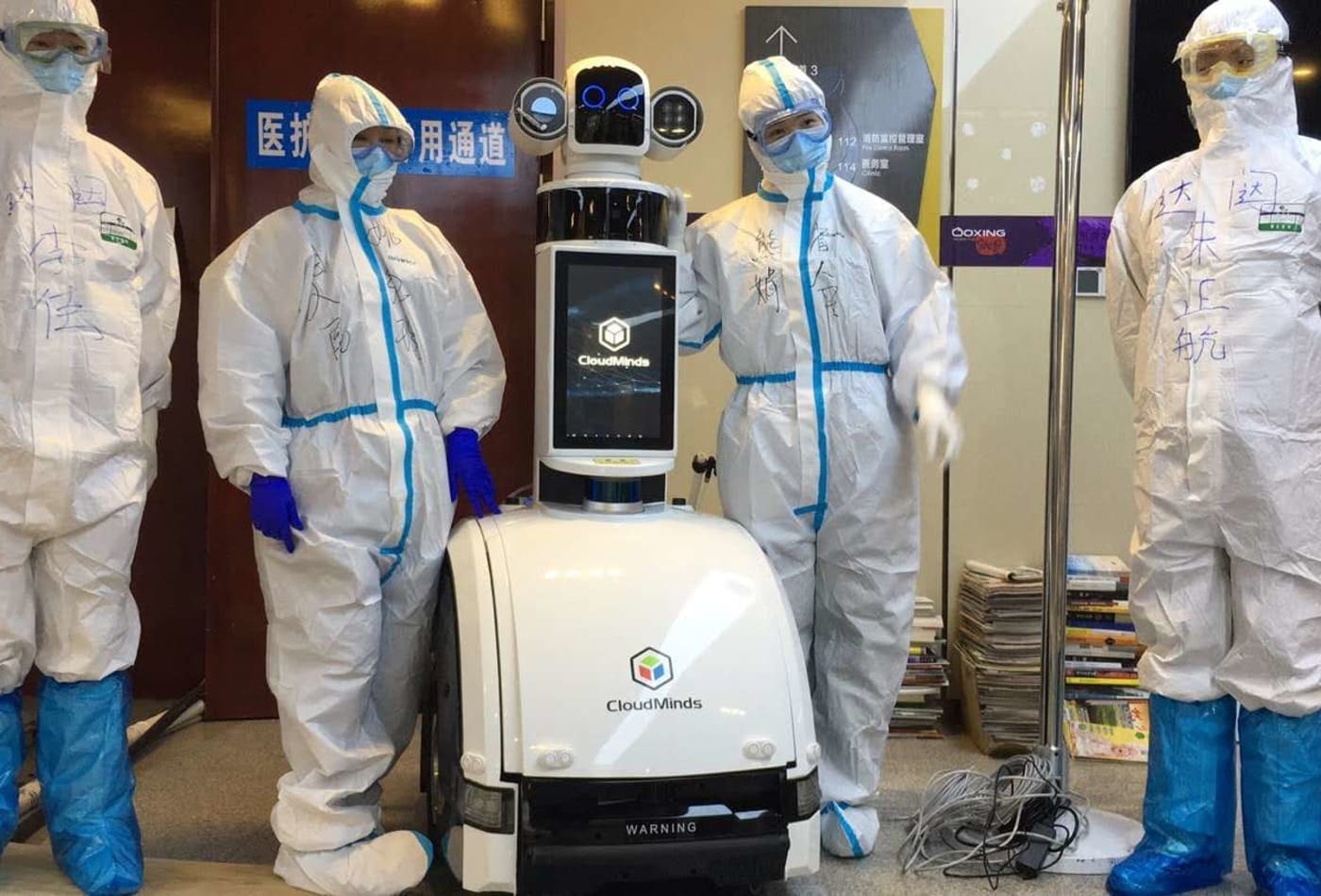As Covid-19 spread across the world last year, its impacts were fast and society-wide, ravaging health and livelihoods alike. The question quickly became: How can our societies respond with equivalent speed, scale, and breadth?
Digital systems played a key role in this response. Sri Lanka, for example, built and deployed a real-time Covid-19 screening, contact tracing, and monitoring system and began deploying it within days after the first case of Covid-19 was registered in the country. The system helped the nation hold Covid-19 deaths to one-third of the global per capita rate thus far.
This was true for the social and economic response as well. In Togo, the government led a coalition in implementing a digital cash program that began disbursing payments to more than 570,000 informal sector workers in the early months of the pandemic. These alleviated suffering and helped the country’s most vulnerable people comply with stay-at-home orders. Globally, cash transfer programs nearly doubled compared to pre-Covid levels.
These cases demonstrate two new mindsets around digital systems for development:
The first mindset regards digital systems as part of society-level infrastructure. Sri Lanka and Togo implemented relatively strong and high-coverage digital systems for health data management and cash transfer, respectively. These systems connected sectors and citizens, creating common, flexible platforms for responding to the pandemic—or any other societal-scale threat.
These are examples of “digital public infrastructure” (DPI)—systems that allow data to flow seamlessly while accomplishing basic, but widely useful functions at a societal scale. DPI systems build on internet access and mobile connectivity to allow people to access public services, do business, and collaborate effortlessly with each other. These functions include but aren’t limited to identity, transactions and money transfers, and data exchanges in health and other sectors.
The second new mindset sees software as a collective global resource – “digital public goods” (DPGs). DPGs are open-source software, data, AI models, standards, or content that aid humanity and meet ethical and security standards as defined by the Digital Public Goods Alliance. Not all DPGs are meant for building infrastructure-level systems, but DPGs offer robust solutions for the most critical DPI functions like identification, payments, government services, and health information management, creating a powerful base for building DPI.
Sri Lanka’s Covid-19 tracking system shows the power of this class of DPGs. It was built on top of District Health Information Software (DHIS2), a DPG for health system data management. From its origin in South Africa in 1998, DHIS2 has been continually built and adapted by an international group of collaborators.
DPGs are living, collective projects that promote both innovation and scale. Sri Lanka shared its purpose-built Covid-19 extensions with the DHIS2 community, and they are now in use or implementation around the world.
The movement toward DPI and DPGs is just beginning, as these cases demonstrate. Togo and Sri Lanka are both exploring using the Modular Open Source Identity Platform (MOSIP), which originated in India, to build out digital identification systems that could make their responses to the next crisis even faster and more effective.
But crises aren’t the only reason to build these systems: They are also the bedrock of digital commerce and governance in better times. Estimates suggest that strong digital ID systems alone can unlock a value of between 3% and 13% of a country’s gross domestic product, and mobile payments jumped 22% globally in 2020, for example.
As we move slowly toward a global recovery, the stakes are high. Digital systems increasingly define our lives in both rich and poor countries. As they become “infrastructure,” digital systems become difficult for any individual or business to opt-out of.
Togo’s cash transfer program used technology to reach informal workers and marginalized groups, showing that DPI can be a force for equity. Sri Lanka’s Covid-19 package allowed different government departments and public and private providers to work together toward a common goal.
We can’t take this type of success for granted. If DPI systems don’t meet the needs of the poor, women, informal workers, or marginalized groups, they will only reinforce inequity. If they are captured by corporate or authoritarian interests, they could be used for monopoly and surveillance. If they aren’t built to connect everyone, they promote fragmentation that slows economic growth and crisis response.
On August 30th, the Government of Norway and The Rockefeller Foundation will bring together a group of global leaders to promote a vision for technology that strengthens – not undermines – inclusion, human rights, and democratic processes. Using the DPI and DPG mindsets, the global community can work together to build systems that are trustworthy, transparent, accessible, and affordable—especially for those at the margins of society.
Success at global scale will require us to mobilize resources and break funding silos; solidify a new truly global collaboration paradigm centered on DPGs; build private and public capacity; and create mechanisms to guarantee inclusion, trust, competition, security, and privacy in the digital ecosystem.
This vision has been built by many. Public servants, technologists, advocates, and others around the world have advanced it through years of work, but the journey is just beginning. Together, we will change outdated stereotypes of how technical innovation spreads and offer a new, collaborative model for global development rooted in mutual aid. Join us as we co-develop digital systems that can foster an equitable recovery and better world.
Related Updates

Integrating Digital Technology and Public Health to Fight Covid-19: Linking China’s Experiences to the World
Wuhan native Chang Liu joined a WHO team two days after the shutdown. Now he and his colleagues, hoping to save lives, are urgently sharing digital lessons learned.
More